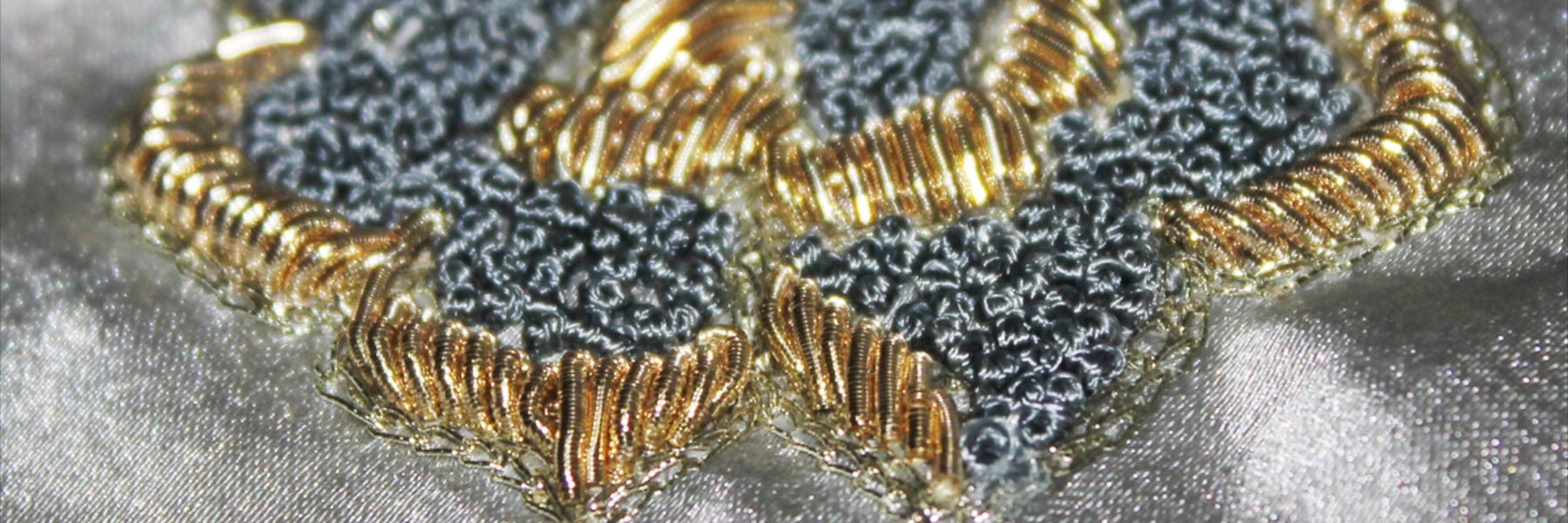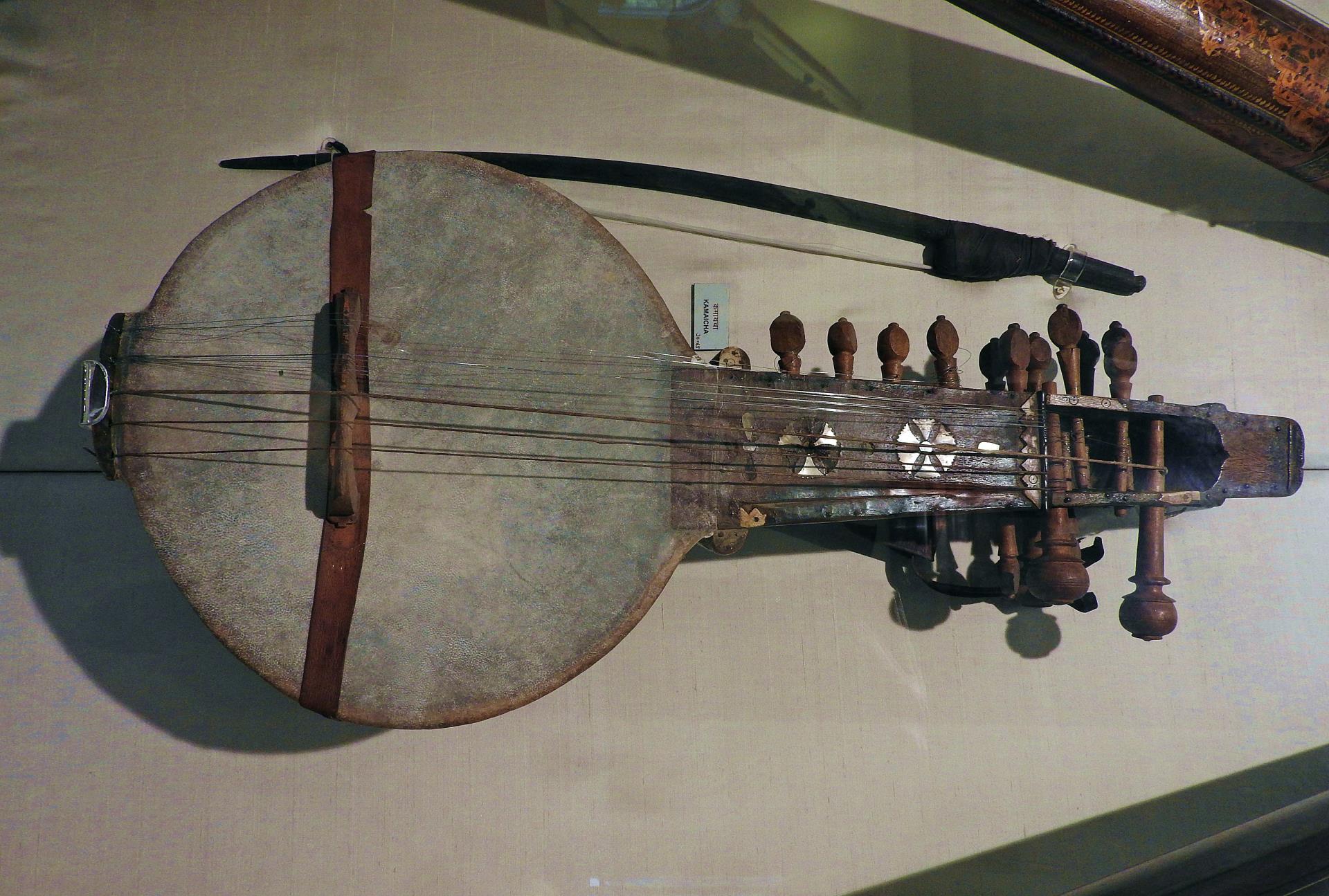
Sorry, we couldn't find anything that matches your search.
Destination

Famous Places to Explore in Hyderabad
A vibrant city with the imposing...

Raipur Tourist Places | Best Place to Visit
The stronghold of several erstwhile...

Ahmedabad
Declared as India's first UNESCO World...
#
Badla is the primary component of the famous zardozi needlework. In Badla work, slabs of metal are melted and pierced through steel sheets. They are then drawn into wires and beaten into a fine shape. The unadorned wire is called badla. Along with kasav (thread), sitara (spangles) and mukaish (small dots made of metal), badla work produces incredibly lovely fabrics that can be used for any occasion. It is quite popular in Rajasthan, and has made its way to other parts of north India.
Badla needlework can be traced back to the times of epics, Mahabharata and Ramayana, and was particularly popular during the Mughal period. During this time, badla work really came into its own, with elaborate designs adorning heavy materials, like velvet, becoming the preferred choice for the kings and queens of old. Tapestries featuring intricate badla work were also quite common. Therefore, this type of embroidery came to be associated with opulence and wealth, a show of richness.
Today, badla work is used to embellish plain kurtas, sarees, bedcovers and curtains. However, come the wedding season, and the finest Badla lehengas and bridal wear start making an appearance in shops across the state. Modern designers are incorporating badla into their contemporary lines, with jeans, t-shirts, and tops, all showcasing brilliant badla embroidery. There is no doubt that this age-old craft has become a global fashion statement, adding sparkle to any dull outfit.








